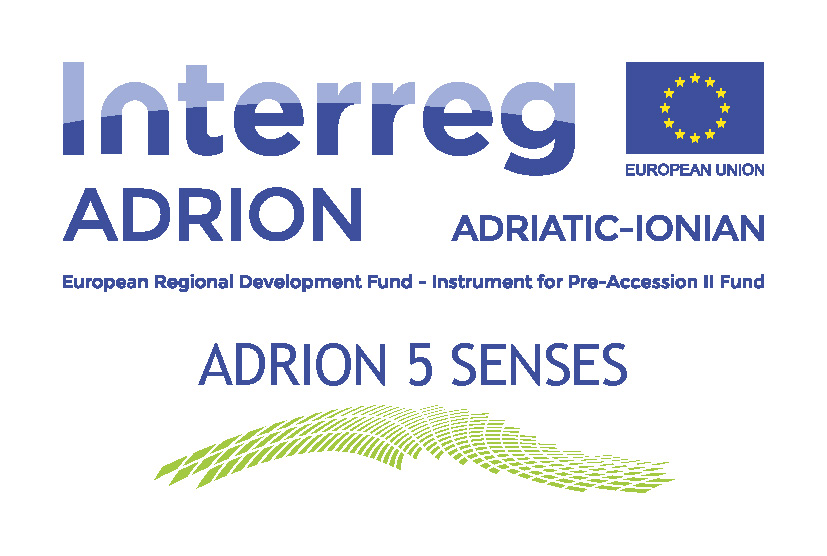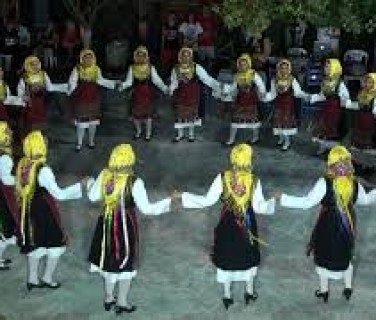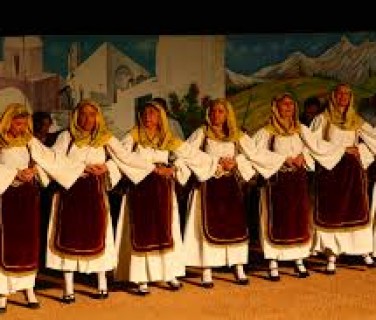
Traditional dances, Karystos
5.0
Hearing
Due to Evias coastal and mountainous settlements, its music tradition has been influenced by island and mountainous Greece. Southern Evia, though only a short distance from the Cyclades, one would expect to have an intense island character in its dances and music, however it has developed a distinctive dance and music collection as a result of the historical conditions in the area and its geographical location.
In the early 15th century, the Venetians settled Albanians on the north side of Ochi and Karystia. As a result, due to the movements of the populations, a particular dance and music style was created, the top of which is the “Kavodorikos” or “Kalianotikos” dance.
A distinct category of dances are the dances brought by the Greek refugees from Asia Minor and Cappadocia after the exchange of populations in 1924, such as Syrtos, Karsilama, Issos and others.
In the area of Kymi, where it used to be a commercial center, one can see influences from Asia Minor dances and musical patterns that we find on the coast. In northern Evia there are dances such as tsamikas, kangelia, patinades, syrtos of the bntana and the kamara in the limni, a dance found in both Aliveri and Sporades.
Kallianotikos is also called Stavrotos, because they are caught on crosses, while the modern name is Cavontorikos. Its name comes from the village of Kallianou. The Kallianotic dance is circular, it is not island-like, it is not Syrtos, nor is it skimpy. Its just like his music is simple and layered.
The Mylonite dance has larger steps. The dancers catch the wrist of the hand, usually with a scarf. Dancing in front of a man, followed by women, followed by other men. All Syrtos type dances in Karystos dance in their own way.













